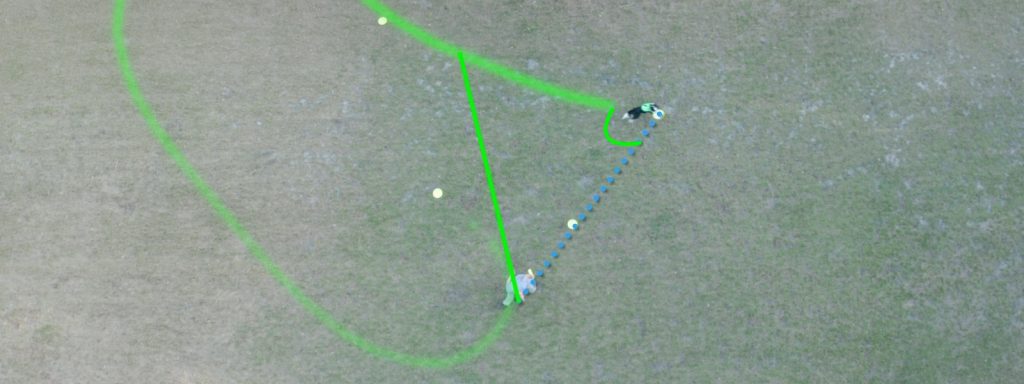
On Shapes in Disc Dog Freestyle
I have been invited to participate by UpDog Challenge founder, Jack Fahle, in the UpDog Judges Certification program for the last 6 months or so. It’s an amazing program. I learn several somethings in every class. Every player should take it, as well as anyone who wants to judge, regardless of your preferred organization.
Each week we take on one of the judging categories of the Freestyle Showcase: Dog, Human, and Team, and the last week we put it all together with the Performance Round.
Each subcategory is well defined – Flatwork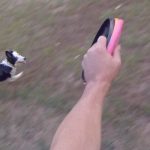 Flatwork is the stuff that happens between the catches. How the team moves and transitions, often without the disc, is flatwork. Flatwork concepts in disc dog are taken from the agility and herding... More, Flow
Flatwork is the stuff that happens between the catches. How the team moves and transitions, often without the disc, is flatwork. Flatwork concepts in disc dog are taken from the agility and herding... More, Flow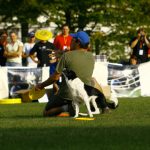 Flow is a key component of the modern day disc dog game. Keeping your dog moving with seamless, ever moving and flowing sequences with little to no set up time is the goal... More, Throw Placement & Flight, Release
Flow is a key component of the modern day disc dog game. Keeping your dog moving with seamless, ever moving and flowing sequences with little to no set up time is the goal... More, Throw Placement & Flight, Release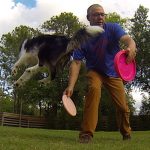 Release has many meanings in disc. Throws and throw variations can be referred to as releases. Sometimes you talk about the dog releasing something, the toy, or the environment, as in to stop... More Diversity & Difficulty, Disc ManagementDisc Management is a disc dog term that describes management and organization of discs throughout the routine. Disc Management is a scored category in most disc dog freestyle organizations and has great impact... More, Disc Management for the dog – to name a few.
Release has many meanings in disc. Throws and throw variations can be referred to as releases. Sometimes you talk about the dog releasing something, the toy, or the environment, as in to stop... More Diversity & Difficulty, Disc ManagementDisc Management is a disc dog term that describes management and organization of discs throughout the routine. Disc Management is a scored category in most disc dog freestyle organizations and has great impact... More, Disc Management for the dog – to name a few.
One of the more difficult subcategories to nail down and get a handle on is Shapes.
Shapes – Team Subcategory of the UpDog Freestyle Showcase
Subcategory Description:
- Team Movement Creates a Variety of Shapes:
- Linear Movement (back and forth / up and down field)
- Lateral Movement (side to side)
- Circles (Around the World)
- Arcs, Figure 8s, ribbon, etc
- Variety of shapes utilized throughout a routine will be rewarded. Limited variety will reesult in low point reward
- Innovative shapes that add t the uniqueness and cool factor of routine will be rewarded
Elementary Shapes – Chasing Lines & Arcs
A line is a Shape. Point A to Point B creates a line. A dog chasing a disc will create a line. Lines are an important and elementary feature of disc dog freestyle.
These shapes displayed by Jack & Remix are elementary in nature. In terms of Shapes, the first session should somewhat obviously score lower than the second as there were very little shapes displayed, but the second session is still a lower level expression of shapes despite the more diverse patterns created by Flatwork.
Defining Shapes
Shapes are more than just the trail left by the dog on the field, and the patterns created by the dog after the catch. Shapes differ from Flatwork, and higher level Shapes should not rely solely on how the dog releases after a catch. Shapes are how the dog moves to navigate the catch.
Shapes are created by the positional relationship between the handler, the dog, and the disc. A variety of Shapes starts to develop when the handler throws in different directions and different times, and when the team makes a play on a disc while at a distance.
A simple around or through set up move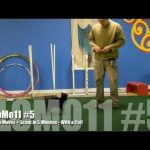 Set Up Moves are tricks that are used to establish timing and position in disc dog freestyle. Traditional tricks include: Around, Through, Backwards Through, and Scoot, but any or all of your tricks,... More and throw will almost always lead to a chasing pattern. This chasing pattern creates a line between the handler and the disc with the dog running on or nearly on that line. The same happens when Setting the Flank
Set Up Moves are tricks that are used to establish timing and position in disc dog freestyle. Traditional tricks include: Around, Through, Backwards Through, and Scoot, but any or all of your tricks,... More and throw will almost always lead to a chasing pattern. This chasing pattern creates a line between the handler and the disc with the dog running on or nearly on that line. The same happens when Setting the Flank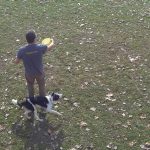 Setting the Flank means to throw out to your right or left. It’s really simple, just face any direction, send the dog Around, and then turn and throw the disc out to the... More, if you drive the dog out and the dog chases the disc, that will create a line.
Setting the Flank means to throw out to your right or left. It’s really simple, just face any direction, send the dog Around, and then turn and throw the disc out to the... More, if you drive the dog out and the dog chases the disc, that will create a line.
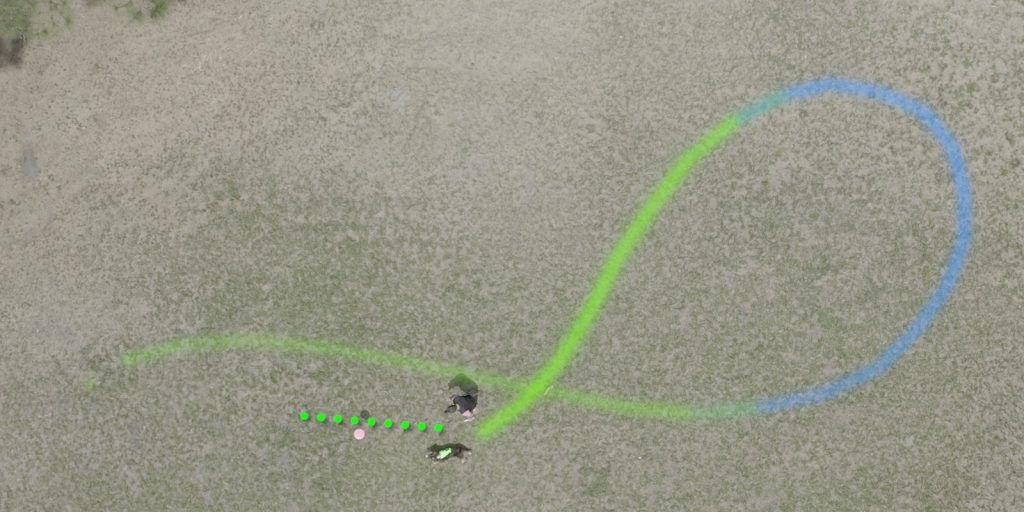
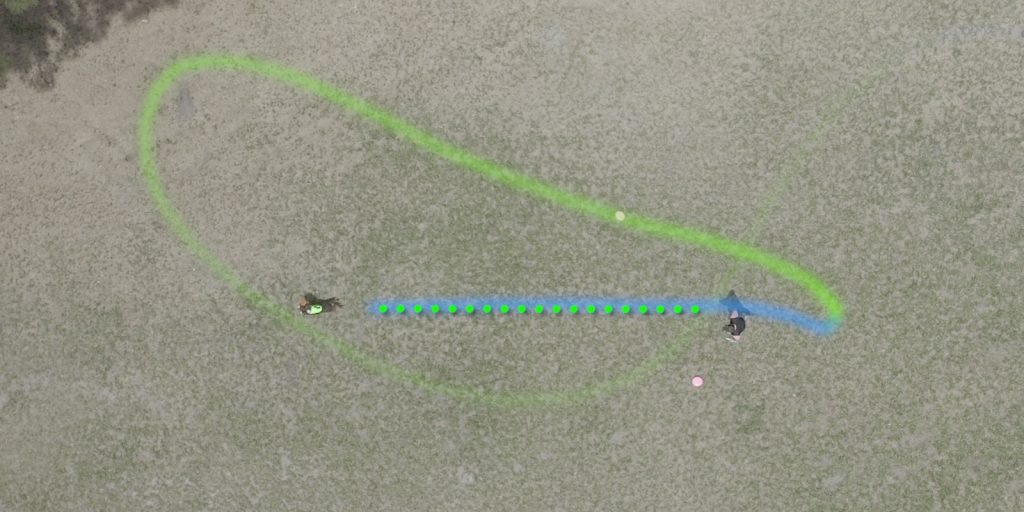
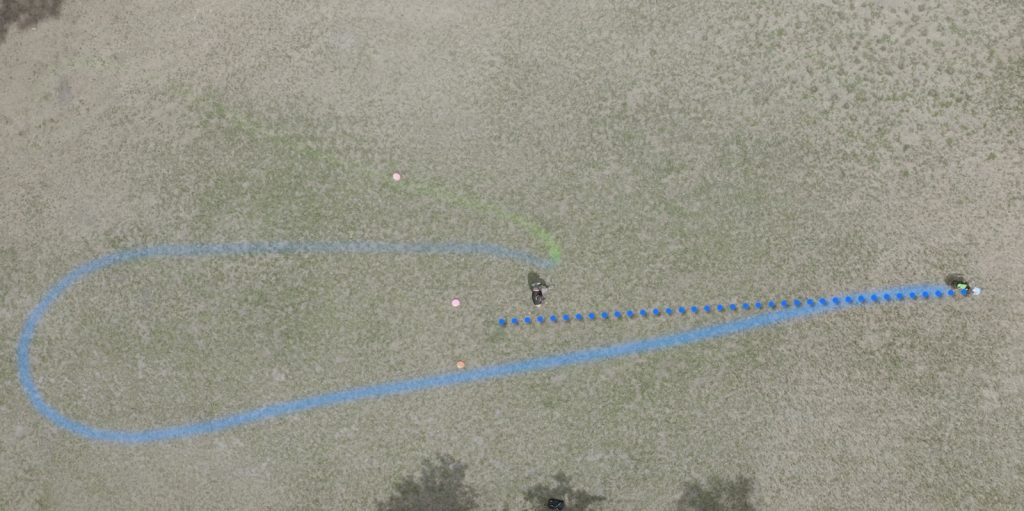

Advanced Shapes – Intercepting Lines and Arcs
To make an interception, the dog must be off the line of the throw. The further off the line of the throw, the more aggressive the interception. Aggressive interceptions have little room for error.
The handler and disc are the end points that create a line, the dotted lines in the videos are the line of the throw. Green dots are clockwise spinning throws and Blue dots are throws that spin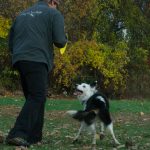 Spins and Twists are tricks where the dog spins 360 degrees in a clockwise or counter clockwise fashion. Spin is clockwise and Twist is counter clockwise so it is important to have a... More counter clockwise from the handler’s hand.
Spins and Twists are tricks where the dog spins 360 degrees in a clockwise or counter clockwise fashion. Spin is clockwise and Twist is counter clockwise so it is important to have a... More counter clockwise from the handler’s hand.
There are 3 lines in most shapes: dog to disc, handler to disc, and dog to handler. These three lines, when they start in different positions, create a shape.
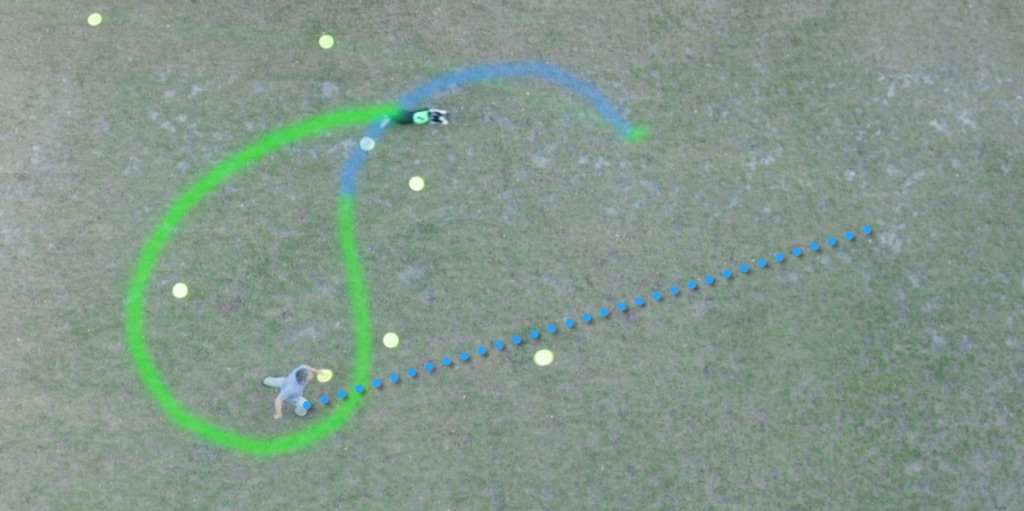
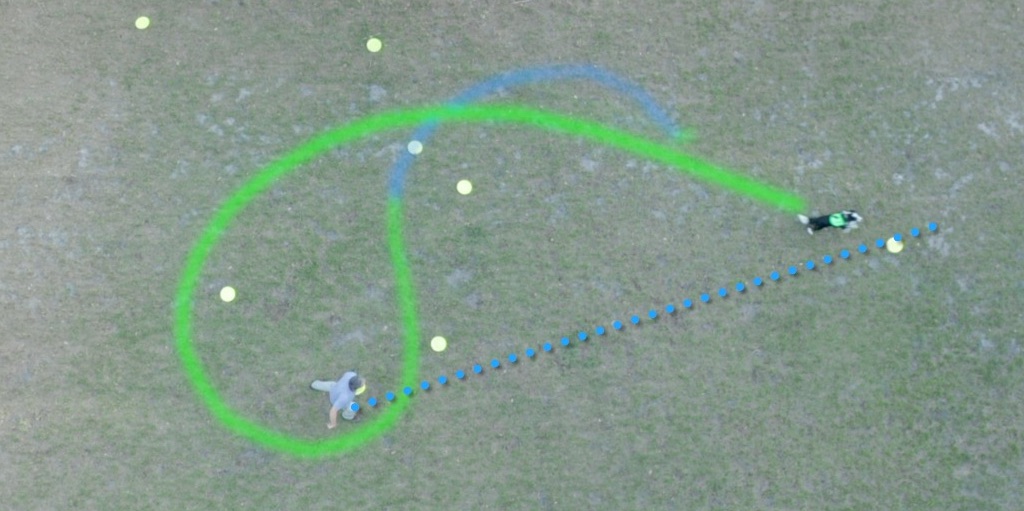
Shapes = Depth of Play
Playing with shapes requires that the dog and handler work as a team at a distance. Think of this distance as playing at a particular depth, depth being the distance from the handler.
Keeping the dog out away from the handler creates many athletic and team movement abilities for dog, handler, and team. It allows the handler to teach a dog to slow down, to collect properly, to pay attention to the handler, and to address the disc in a patient sensible manner. Playing at depth is a tremendous display of your dog’s drive, not just for the disc, but drive for the game of disc.
This additional depth is beautiful to watch and fun to play around with. Give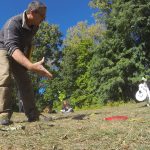 The Give is a retrieve to the hand. A cued Give is a foundational skill that is not super useful in the actual performance of disc dog freestyle, and has huge applications for... More it a shot, but I’ll warn you, it ain’t easy.
The Give is a retrieve to the hand. A cued Give is a foundational skill that is not super useful in the actual performance of disc dog freestyle, and has huge applications for... More it a shot, but I’ll warn you, it ain’t easy.
Geometry With Your Disc Dog
It’s Fun, and rewarding, I promise…
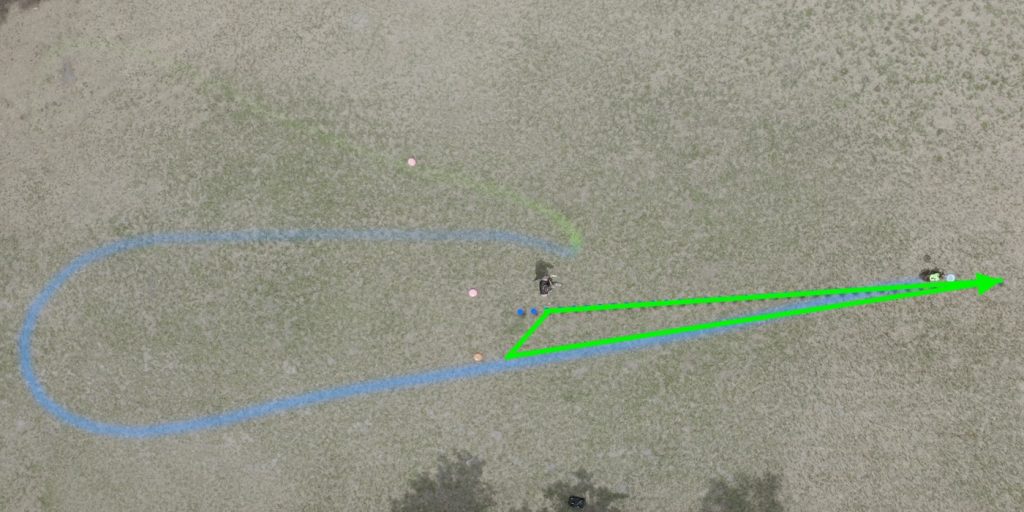
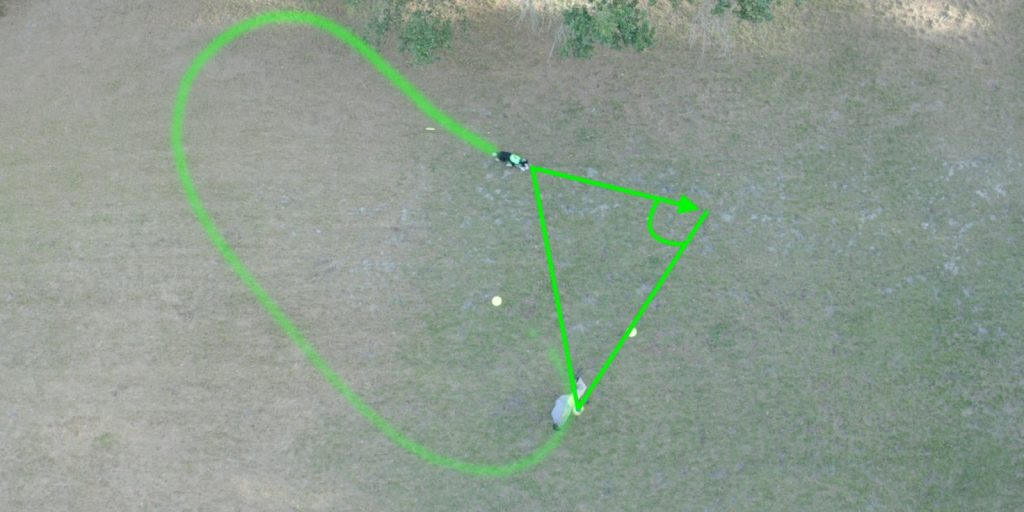
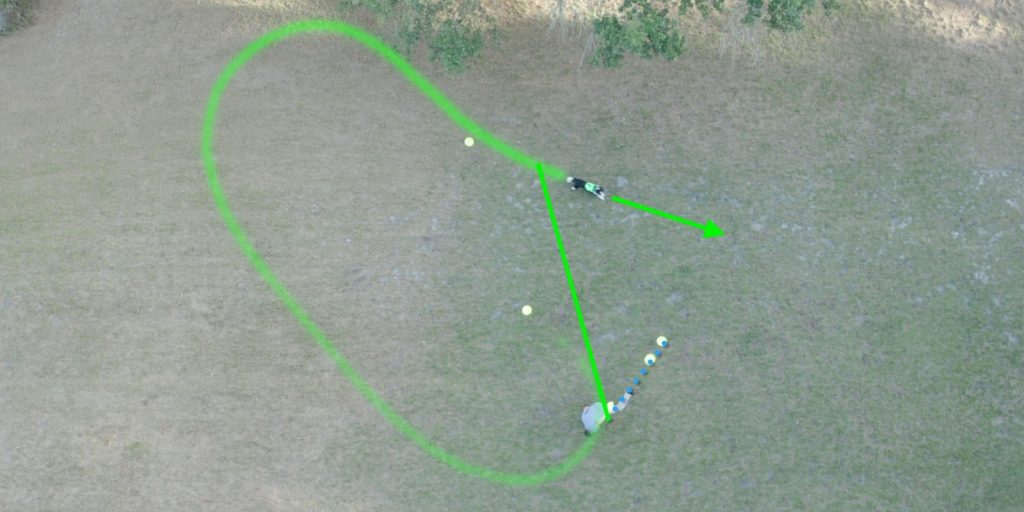

A Quick, Logical Wrap Up With More to Come…
Shapes made from intercepting catches and depth of play are not necessary in disc dog freestyle, per se. But if you want a good score in the Shapes subcategory they are. And all things equal, if one player plays with Shapes and another player does not, the player with Shapes should receive a higher score.
The competitive aspects of Shapes aside, playing at depth and working with your dog at a distance provides tremendous training opportunities and additional angles for shaping and reinforcing quality play.
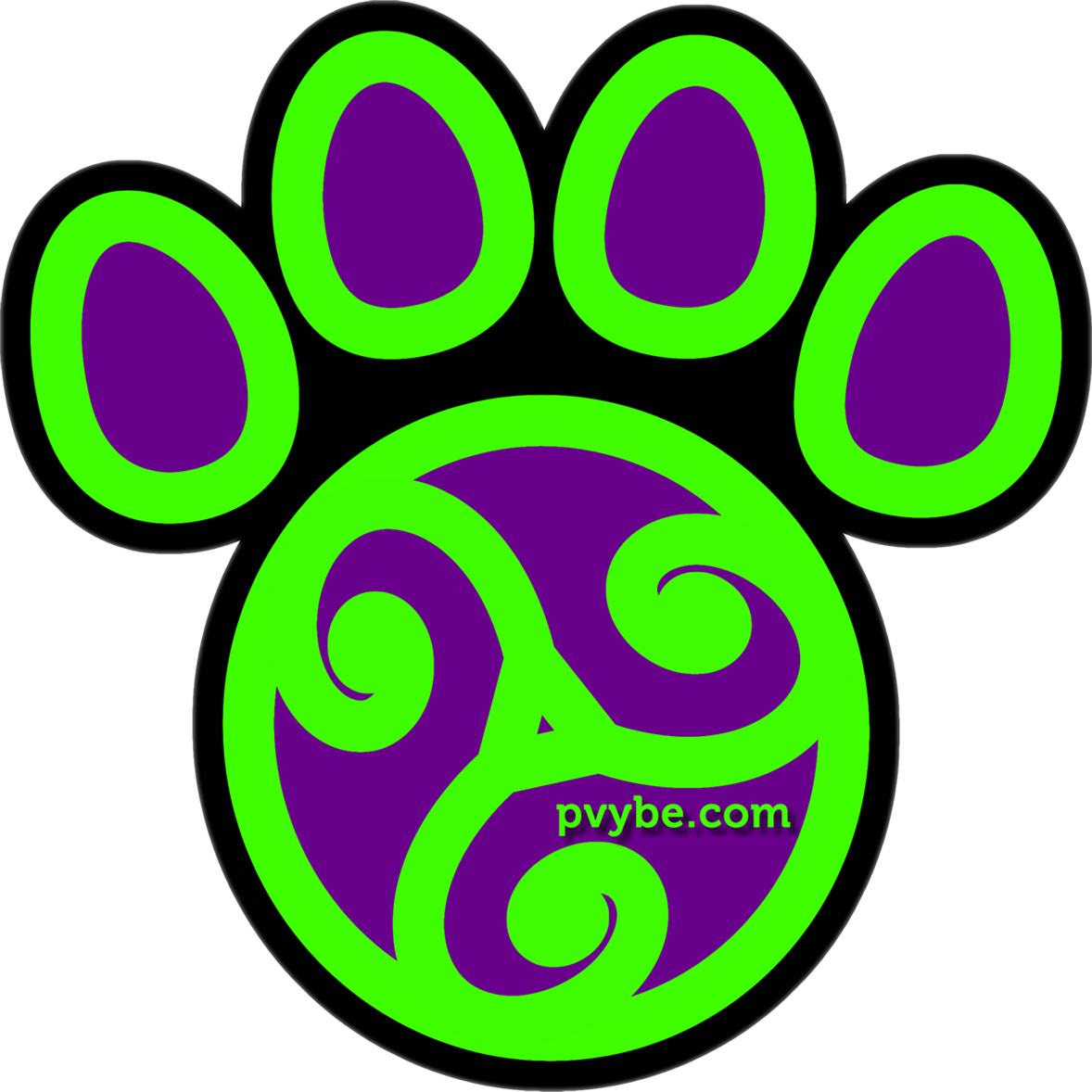


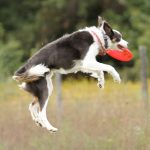
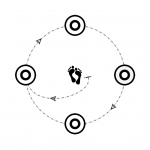
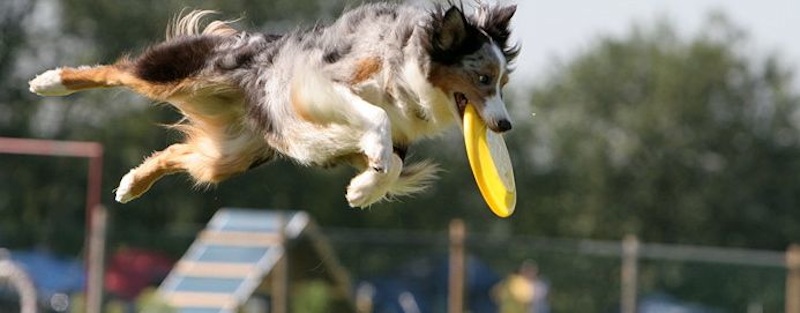
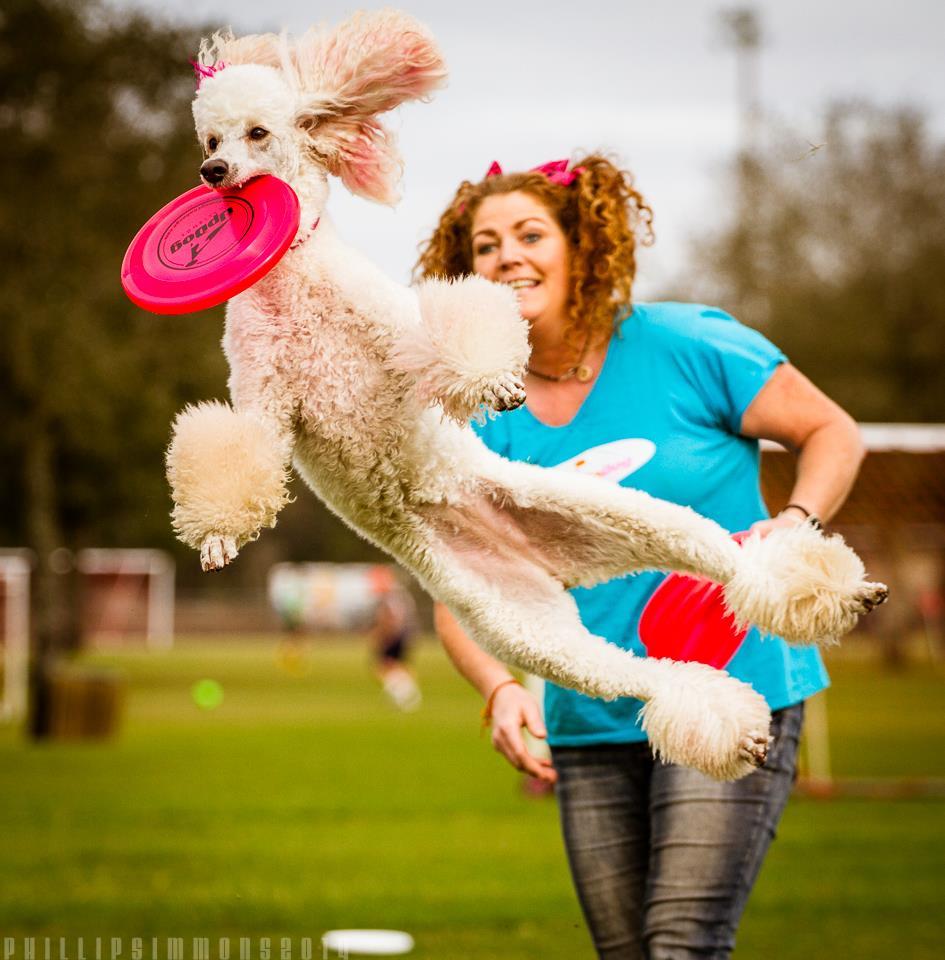
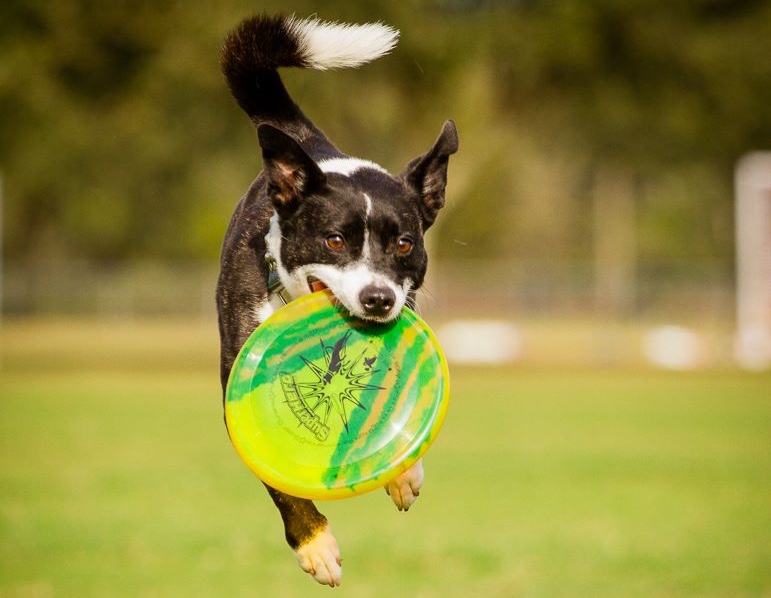
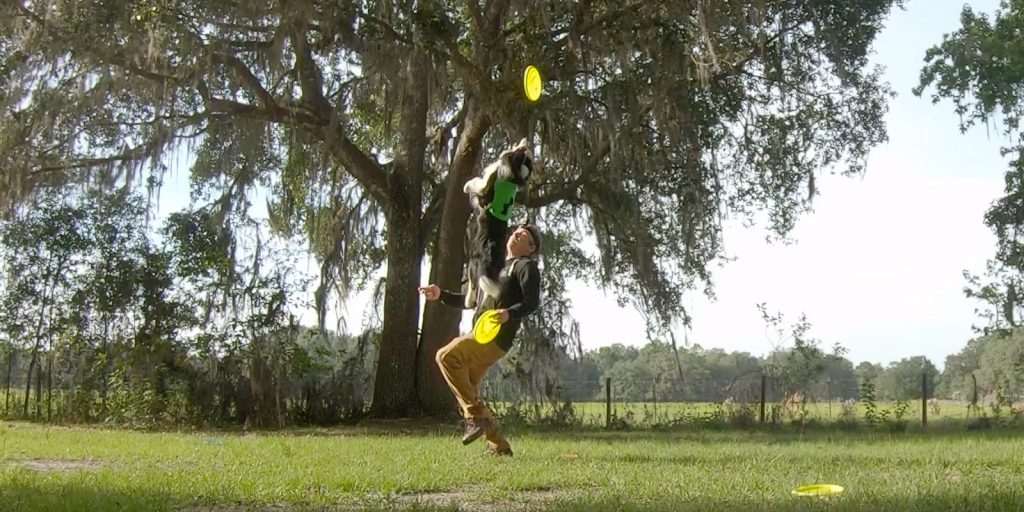
Responses